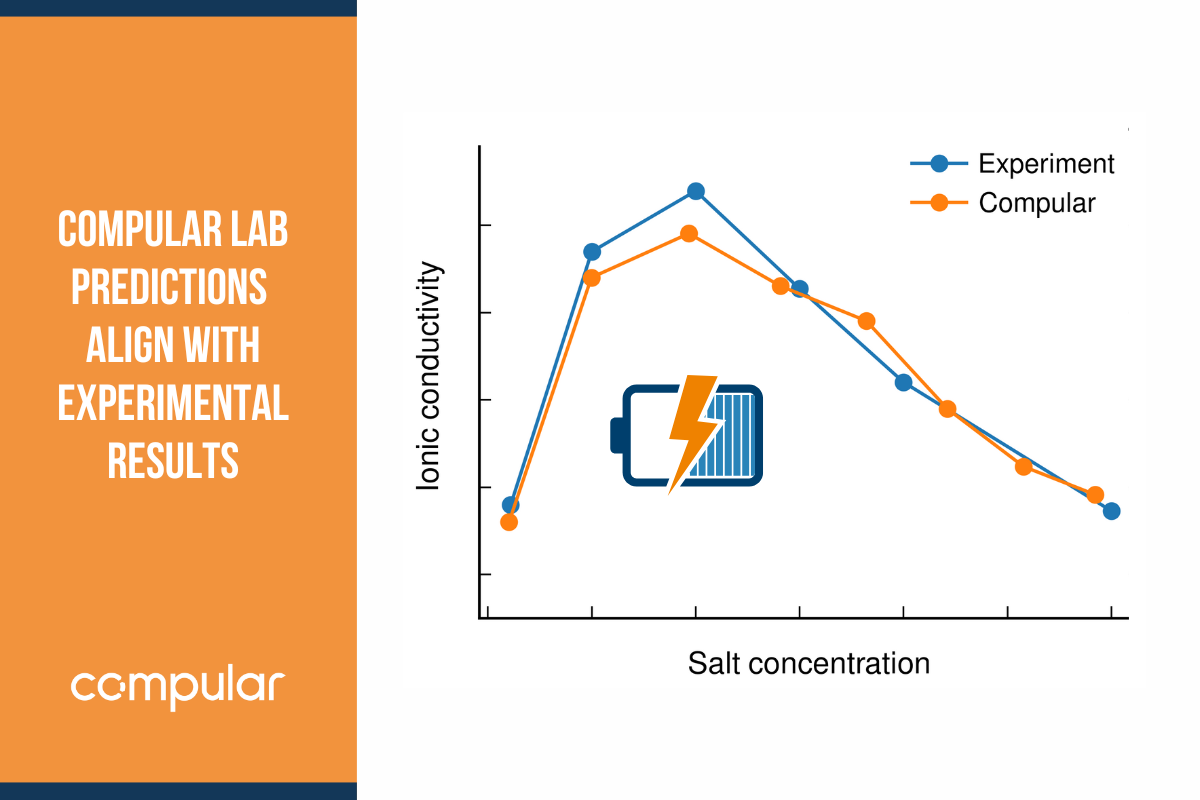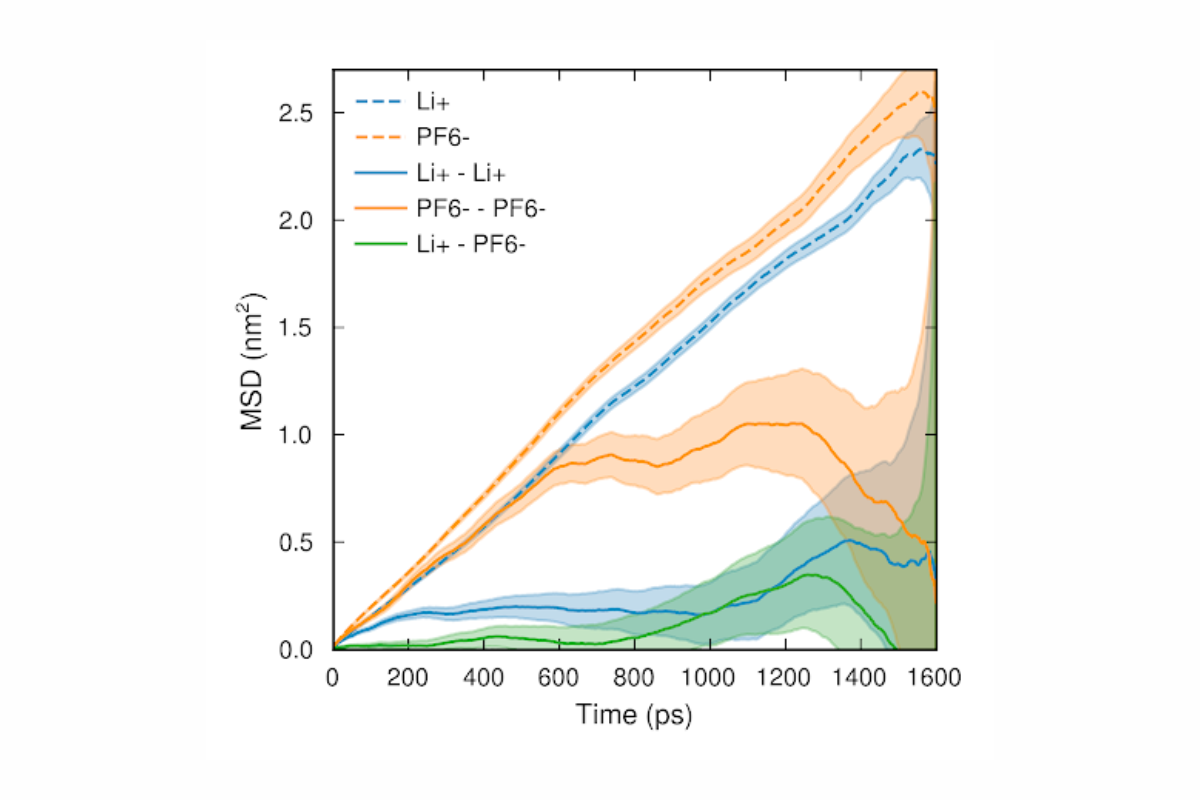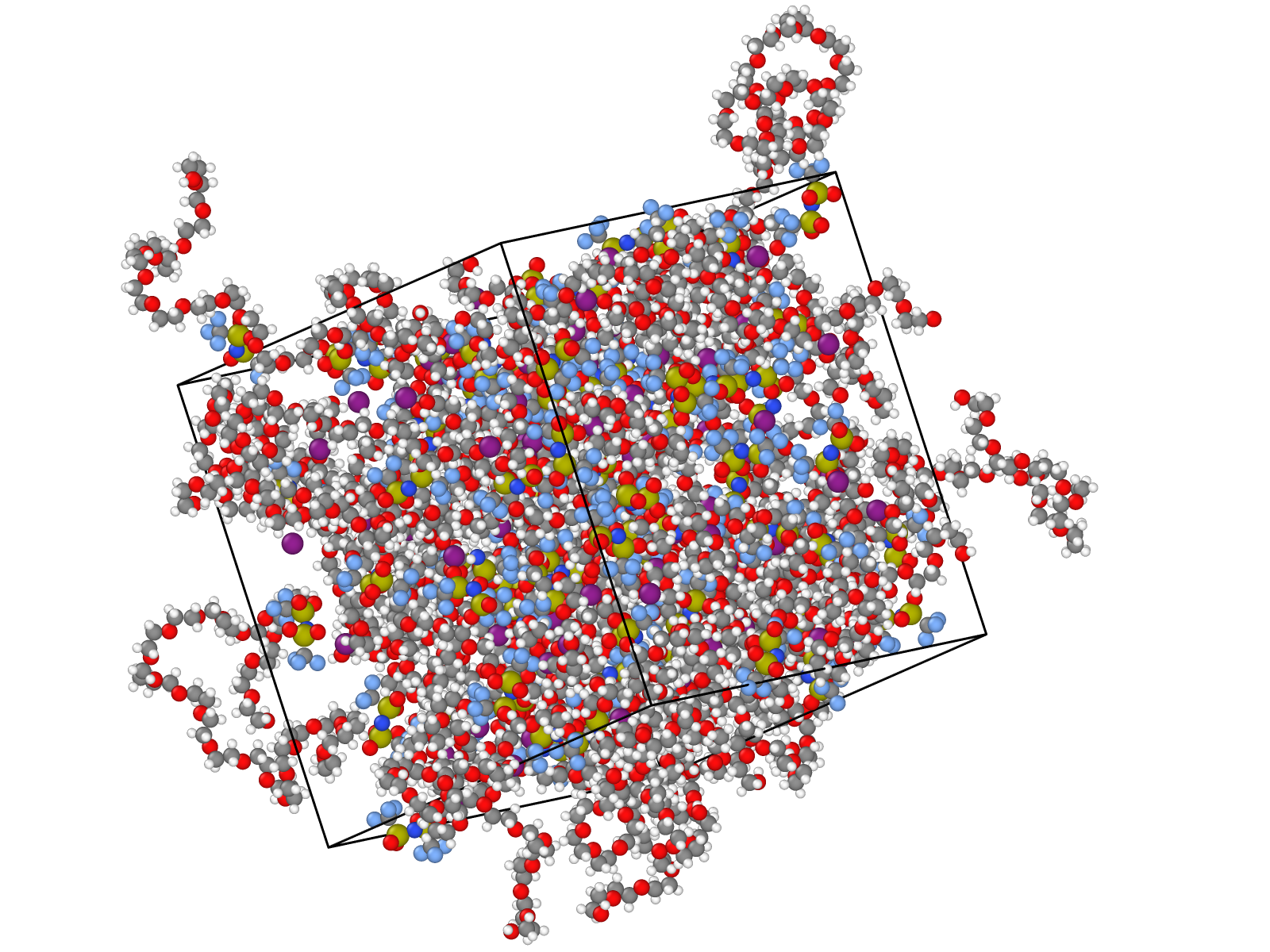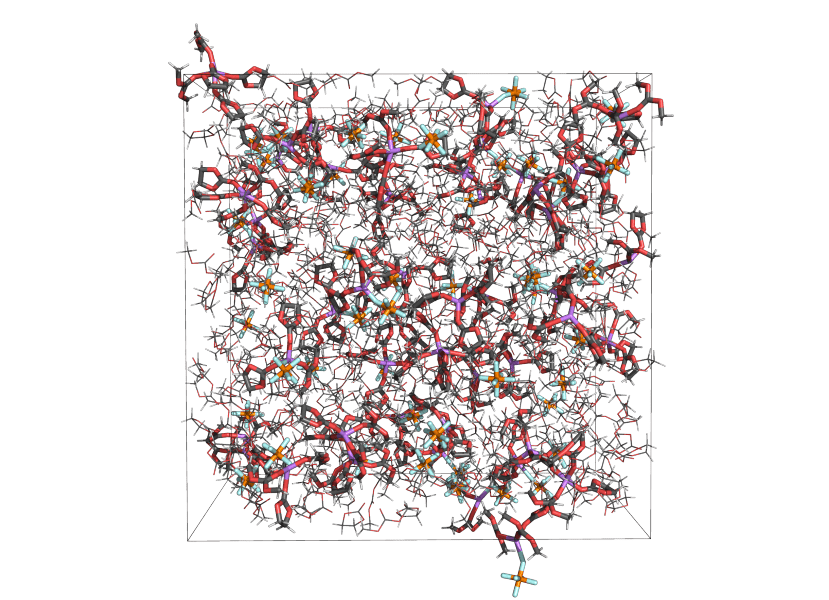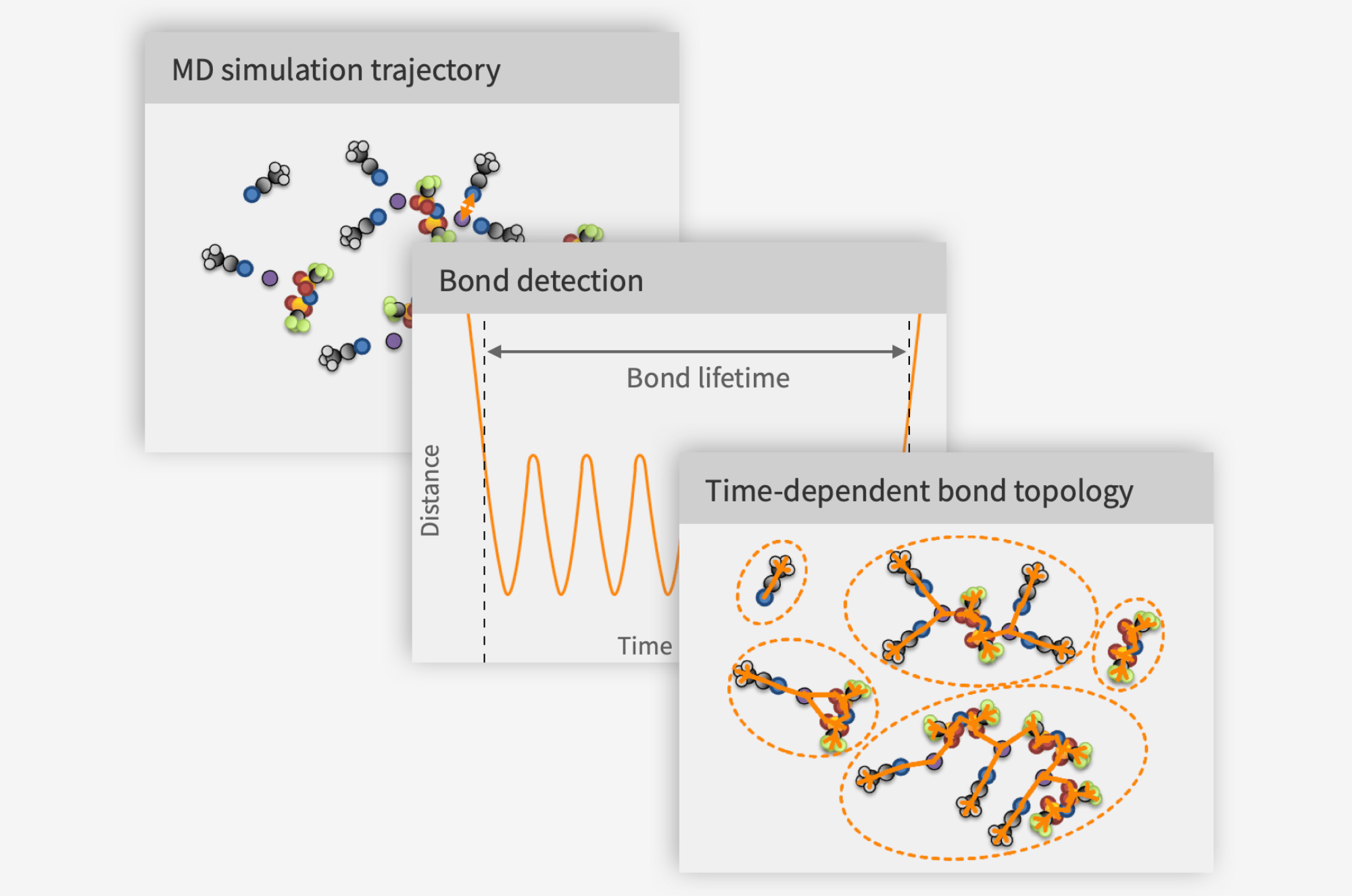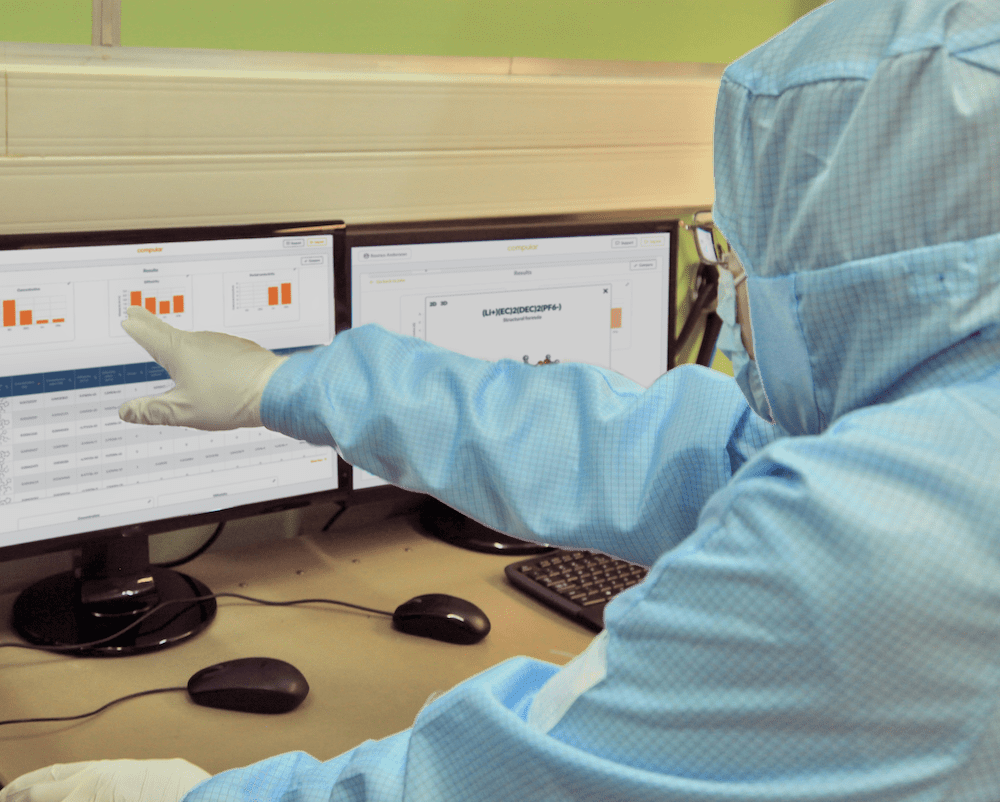
Is lack of parameters an issue for your battery models?
For most battery developers, simulations are an integral part of the development process. Simulations on the continuum scale require knowledge of the properties of the materials that are being modeled. Sometimes such material properties can be sourced from open databases, but more often than not, they are simply unknowns that need to be guessed or measured. For some properties, relatively straight-forward experimental approaches have been developed, but for others experiments can be both costly and unreliable. Obviously, experimental measurements also require the materials procured, which is unfortunate when the purpose of that is just to make it possible to start simulations.
This is where Compular Lab comes to the rescue. Using entirely physics-based simulations (without the need for training data of any kind), Compular Lab fully characterizes the electrolyte by predicting the four properties required for Doyle–Fuller–Newman simulations: ionic conductivity, transference number, salt diffusivity, and thermodynamic factor. This eliminates the need for experimental measurements of the electrolyte, and unlocks the possibility to swiftly build models at an earlier stage in the R&D process, including for screening electrolyte formulations.
What about the accuracy?
Of course, these predictions are only valuable if they are accurate. To investigate the validity of Compular Lab’s predictions, we have performed an extensive comparison study against the experimental data published by Landesfeind and Gasteiger in Journal of The Electrochemical Society 2019 (166) (link: doi.org/10.1149/2.0571912jes). The results reveal that
- For ionic conductivity, simulation and experiment match well although some underestimation seems to occur in some cases,
- For salt diffusivity, simulation and experiment match well, except at very low salt concentrations (around 0.1 M) for which sampling becomes an issue in simulations,
- For transference number, there are significant differences between simulation and experiment, but such differences exist also between different experimental studies, and there are indications that the simulation may in fact be more reliable,
- For thermodynamic factor, simulation and experiment match reasonably well, and simulations seem to be less riddled by noise.
These findings makes Compular Lab an affordable and sufficiently accurate avenue to generating the missing electrolyte properties, and may in some cases even be a more reliable approach than experimental measurements, even if both the material and state-of-the-art equipment is available.
The full data and a detailed discussion is available in the whitepaper.

